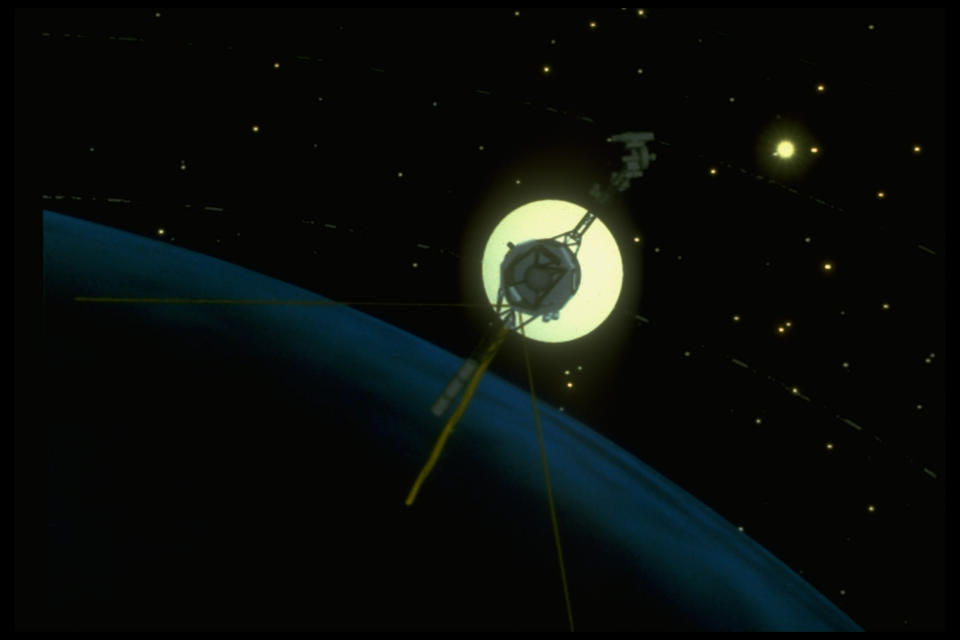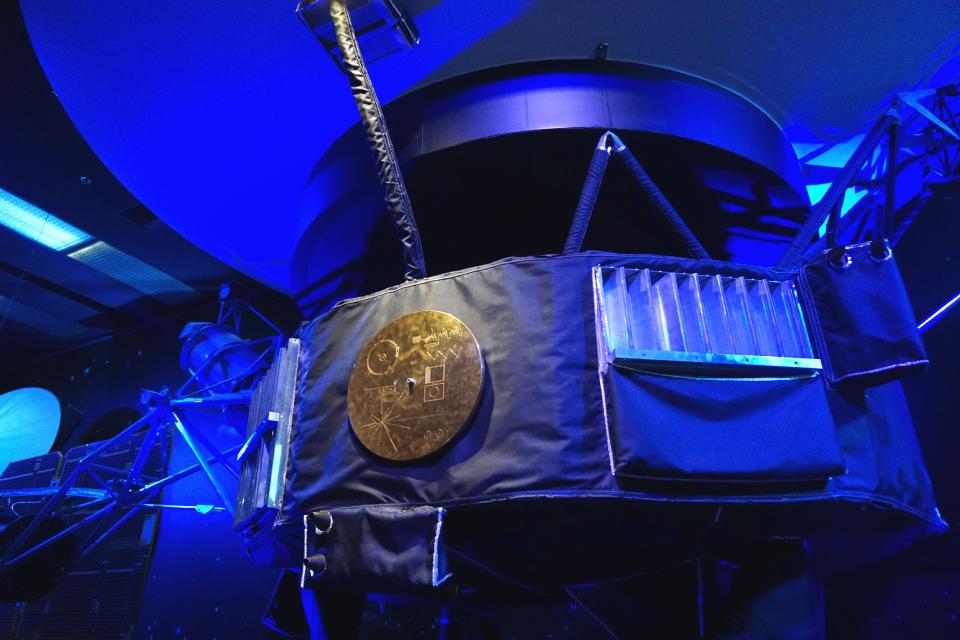NASA fixes Voyager 2 spacecraft via remote repair from 11 billion miles away
A spacecraft which blasted off from Earth on 20 August 1977 has been repaired via remote control – from 11 billion miles away.
The Voyager 2 space probe shut down its instruments after two systems remained on, draining power. An automatic system on board caused a shutdown of science instruments.
Launched in 1977, Voyager 2 and its sibling Voyager 1 are both in interstellar space, making them the most distant human-made objects in the solar system.
It happened after the spacecraft failed to execute a spin manoeuvre, Space.com reported.

Engineers at NASA's Jet Propulsion Laboratory in Pasadena, California communicated with the spacecraft and were able to bring systems back online by 5 February.
NASA said: “Analysis of the telemetry from the spacecraft indicated that an unexplained delay in the onboard execution of the manoeuvre commands inadvertently left two systems that consume relatively high levels of power operating at the same time.
READ MORE
Voyager, the Solar System and beyond
Mysterious ‘gravity waves’ seen rippling in our atmosphere
This caused the spacecraft to overdraw its available power supply.
“The fault protection software routine was designed to automatically manage such an event, and by design, it appears to have turned off Voyager 2's science instruments to make up for the power deficit.”
The Voyager 2 probe sent back signals from the edge of our solar system which scientists say prove that it has entered interstellar space.
The probe blasted off from Earth 16 days before its twin spacecraft, Voyager 1 – but entered the interstellar medium six years after Voyager 1 due to its slower trajectory.

It crossed the outer edge of the sun's protective bubble, known as the heliopause, on 5 November 2018.
In a series of papers published in the journal Nature Astronomy, researchers confirmed the spacecraft's journey into the "space between the stars" by noting a "definitive jump" in the density of the plasma – made up of charged particles and gas – in interstellar space.
According to the scientists, this jump was detected by one of the instruments on Voyager 2 and is evidence of the probe making its way "from the hot, lower-density plasma characteristic of the solar wind to the cool, higher-density plasma of interstellar space".
It is also similar to the plasma density jump experienced by Voyager 1 when it crossed into interstellar space, the researchers added.
Among many things, the astronomers are looking to gain a better understanding of how the solar winds – the stream of charge particles coming out of the sun – interact with the interstellar winds, which are made up of particles from other stars.

